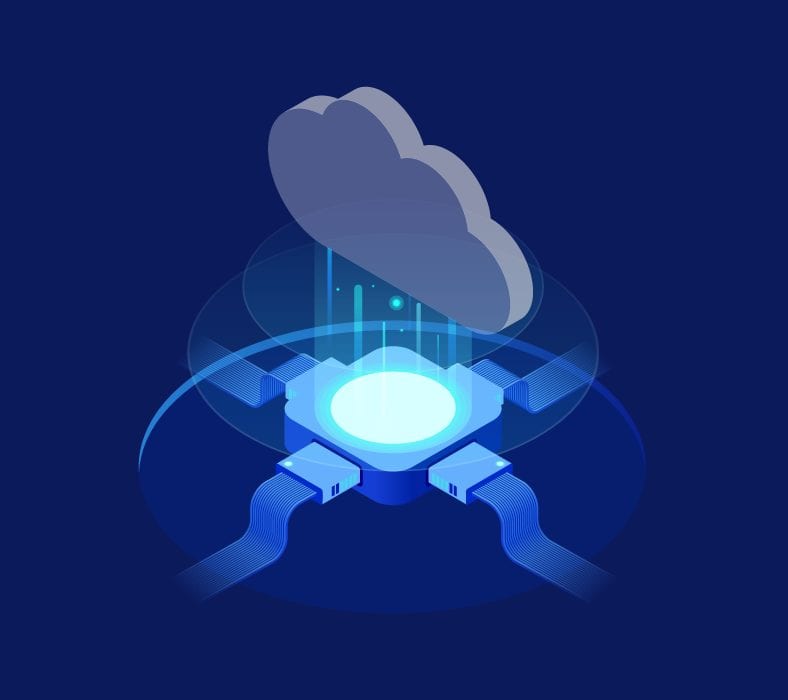Zero Data Loss a Reality in Apache Pulsar – Not True With Kafka
Apache Pulsar is one of the most sophisticated distributed messaging systems on the market. It has gained this moniker by merging revolutionarity technologies such as distributed messaging, cloud computing technology, and streaming.
These days, software solutions like this are being used to drive innovation, such as machine learning and artificial intelligence, due to their sophistication. Apache Pulsar is extremely attractive for developers and businesses because it has zero data loss potential, meaning that no data gets lost in the data delivery and distribution pipeline.
At the same time, older technologies such as Apache Kafka can’t say much of the same thing, as they aren’t well equipped to handle such endeavors with such finesse.
In this article, we’ll talk a bit about data loss, how Apache Pulsar mitigates the issue, and how Apache Kafka falls victim to it, and go over what all that means for the broader software landscape.
What is Data Loss And Why Is It A Problem?
In the world of data delivery, it’s not just about the speed at which the data itself gets delivered – it’s about the quality and quantity of the information provided. Now, distributed messaging, streaming, and cloud computing have all been a thing way before Pulsar existed, but they weren’t without their issues.
Data loss is one of the most prominent issues in this category. It means that individual pieces of data get accidentally deleted, or something causes data to become corrupted.
There was no high-end designated tool for such things, which means that alternative tools had to be used. In the case of enterprises that needed to move around a lot of data, the tool of choice was Apache Kafka.
Apache Kafka had a significant issue with data loss, which practically means that not all the data that should have been delivered was delivered. That prompted many sophisticated developer teams to create workarounds that would minimize data loss, but none have ever been able to eliminate it.
Kafka wasn’t built to avoid data loss, and this issue didn’t only slow down the process from its full-speed potential – it also introduced many risks for the businesses using the software. Companies that use such systems tend to deal with high-quality, high-quality data, and even a minor data loss can be disastrous.
The Problem With Apache Kafka
While distributed messaging systems have been around for a while, Kafka was never supposed to handle the excessive amount of data handled in enterprise-wide messaging systems. Furthermore, it was never created with the idea of preventing data loss in the first place.
It gained traction because it was the only software solution that could handle such tasks, even though it did a fairly poor job. These issues prompted many enterprises that use Apache Kafka for their distributed messaging to have a closer look under the hood of the software and modify the settings to mitigate as much data loss risk as possible.
Apache Kafka is the world’s most popular distributed messaging system, and it’s used to distribute tens of trillions of messages. The small modifications were never a long-term solution – they were just a temporary fix to a very prominent problem. In fact, most of the distributed messaging systems in the world still rely on Apache Kafka when there are far better options available on the market.
While Kafka is far from a bad piece of software, it’s not the ideal option for distributed messaging.
The Apache Pulsar Solution
The best option on the market for high-end data delivery and distributed messaging is Apache Pulsar. Apache Pulsar can do everything that Kafka can, but with a wide range of benefits over its lackluster predecessor.
Think of Apache Pulsar as the next step in the evolution of distributed messaging systems. Not only can it operate with a far higher workload than Apache Kafka, but it’s also practically free of any data loss because it was built from the ground up to address that particular issue.
Another edge that Apache Pulsar has on Apache Kafka is that Pulsar can operate at a much faster pace. It outperforms Kafka by a considerable margin, which is critical for corporate applications.
Fundamentally, Apache Pulsar and Apache Kafka are very different, but they do have a fairly similar use case in the business environment. There are many overlapping features between the two, and they are competing for the same spot in the distributed messaging world.
While Pulsar is the superior option for distributed messaging, it has some more requirements that make it less than ideal for small-scale applications. Be that as it may, its unique set of features make it a far better DMS than Kafka.
How to make the switch?
Making the switch from Apache Kafka to Apache Pulsar is far simpler than you might imagine. It’s a bit complicated to use both simultaneously, as it requires you to maintain and operate two systems that practically do the same thing regarding distributed messaging. Hence, most people decide to make the switch outright.
Both Apache Pulsar and Apache Kafka operate on the same binary protocol, which means that making a move from one to the other is quite simple. If you’re looking to learn more about how you can make the switch today, make sure to contact us over at Pandio and learn what we can do for you.
In Conclusion
While Apache Kafka runs most of the world’s distributed messaging, the shortcomings of this solution have slowly paved the way for Pulsar, which does much of the same things in a far more streamlined and efficient manner, all while making zero data loss a reality.


